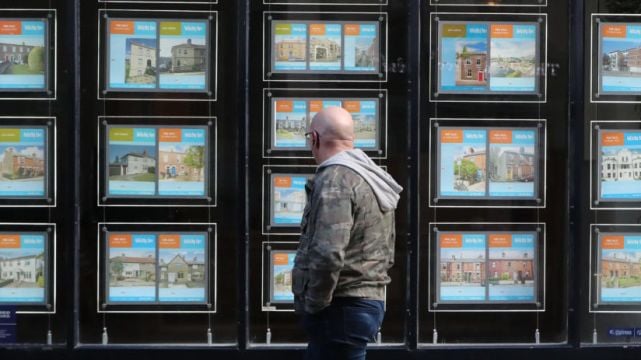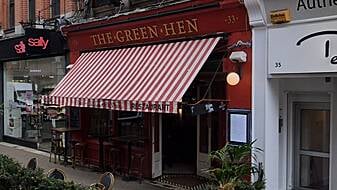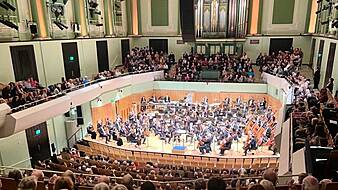House price inflation continues to slow as higher interest rates and rising costs dampen demand.
Residential property prices rose by 12.2 per cent in year to August, down from an annual increase of 13.3 per cent in the previous month, according to the latest property price index from the Central Statistics Office.
In Dublin, residential property prices saw an increase of 9.7 per cent, while property prices outside Dublin were 14.2 per cent higher than a year earlier.
In Dublin, house prices increased by 9.9 per cent and apartment prices were up by 8.9 per cent. The highest house price growth in Dublin was in Fingal at 10.6 per cent, while Dún Laoghaire-Rathdown saw a rise of 9.2 per cent.
Outside Dublin, house prices were up by 14.2 per cent and apartment prices rose by 13.1 per cent. The region outside of Dublin that saw the largest rise in house prices was the West (Galway, Mayo, Roscommon) at 19.1 per cent, while at the other end of the scale, the South-West (Cork, Kerry) saw a 10.4 per cent rise.
In August 2022, 4,295 dwelling purchases by households at market prices were filed with Revenue, an increase of 14.1 per cent compared with the 3,764 purchases in August 2021.
Households paid a median or mid-point price of €295,100 for a residential property in the twelve months to August 2022. The lowest median price paid for a dwelling was €149,500 in Longford, while the highest was €615,000 in Dún Laoghaire-Rathdown.
The most expensive Eircode area over the last twelve months was A94 (Blackrock), with a median price of €725,000, while F35 (Ballyhaunis) was the least expensive at €120,000.
It comes after the European Central Bank President, Christine Lagarde, on Wednesday singled out interest rate increases as the best tool to fight runaway inflation in the euro zone.

The ECB has raised its rate on bank deposits to 0.75 per cent, and has signalled further rate increases in coming months.
Trevor Grant, chairperson of the Association of Irish Mortgage Advisors, said he expected to see a further slowdown in price growth in the coming months as the volume of houses for sale starts to increase, noting there were 15,300 second-hand properties for sale nationwide in July, representing an annual increase of 1,800 properties.
“It should be noted however, that a reduction on house price growth is a millions miles away from house prices falling. We’ve only really had one period in living memory, during the finance crisis of 2008, where we saw real reductions in the value of property,” Mr Grant said.
“This was driven by a sustained period of easy credit, followed by an extremely severe recession, when unemployment spiked. We haven’t had free flowing credit of that sort since and no-one seems to be predicting an unemployment spike, so it’s difficult to see what could cause house prices to fall in the coming months,” he said.







